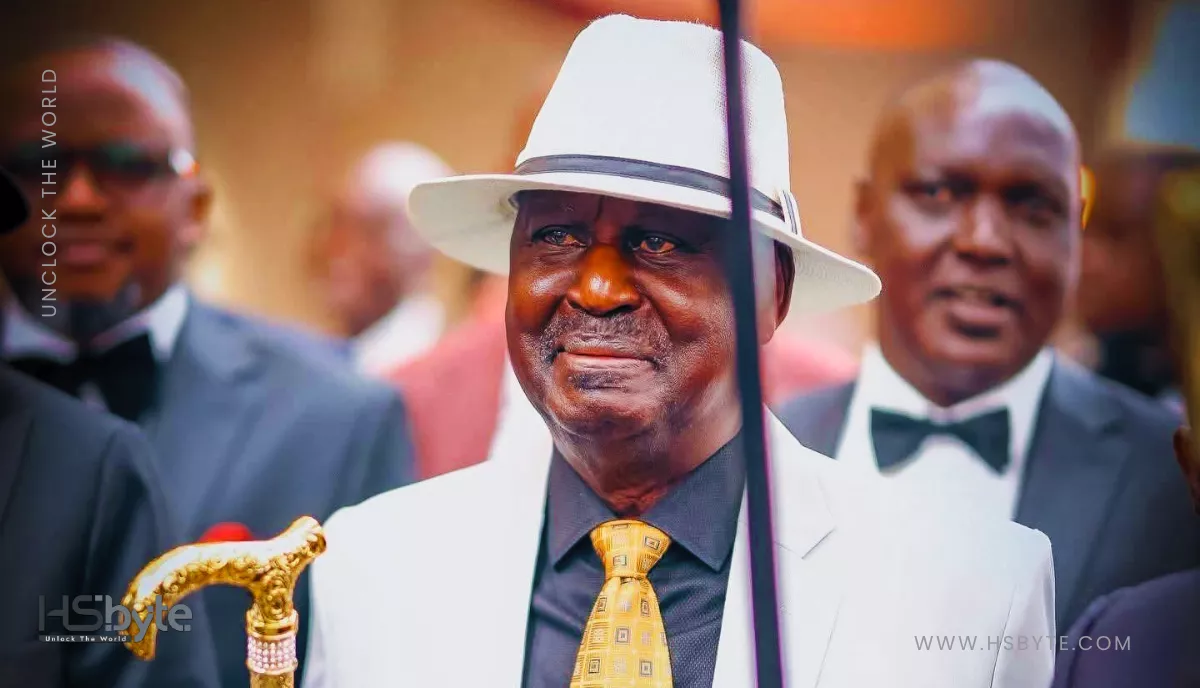

- Share
China launched intensive military drills off the coast of Taiwan on Monday, branding them as “punishment” for Taiwanese President William Lai‘s recent speech. In his remarks, Lai vowed to “resist annexation” and defend Taiwan’s sovereignty.
The exercises, dubbed Joint Sword 2024-B, were conducted by the People’s Liberation Army (PLA) and showcased China’s intent to simulate land, sea, and air assaults on Taiwan. With 34 naval vessels and 125 aircraft deployed around the island, this large-scale maneuver further stoked tensions in an already volatile region.
Simulating Attacks and Blockades
According to the PLA’s spokesperson, Senior Captain Li Xi, the drills aimed to “fully test the integrated joint operation capabilities” of the army. Chinese state media published maps showing military units positioned around the entire island, reinforcing the aggressive posture. Additionally, the Chinese coast guard posted on Weibo, revealing that one of the patrol routes was shaped like a heart – a symbolic but unsettling gesture given the military backdrop.
China’s foreign ministry defended the exercise, describing Taiwan’s push for independence as a threat to regional peace. It also confirmed that the maneuvers included simulated port blockades and military strikes, emphasizing its readiness to use force if necessary.
Taiwan’s Calm Response Amid Rising Pressure
In response, President William Lai reported that Taiwan’s military was closely monitoring the drills and had mobilized units to maintain defensive positions. Airports, seaports, and daily operations across the island remained unaffected. Taiwan’s defense ministry issued a statement condemning China’s actions, urging de-escalation to prevent unnecessary clashes. Outlying islands were placed on high alert, though the focus remained on avoiding direct conflict.
China’s latest military maneuvers come after several similar drills since 2022, aimed at pressuring Taiwan. Fighter jets frequently breach Taiwan’s airspace, keeping tensions at a boiling point. The Joint Sword 2024-B drill is part of a broader strategy that Beijing initiated with Joint Sword 2024-A earlier in the year.
US Criticism and Historical Context
The United States dismissed China’s drills as an overreaction to a “routine” speech by Taiwan’s leader. Washington urged Beijing to avoid destabilizing actions and stressed the importance of maintaining peace in the Taiwan Strait.
China’s use of military intimidation against Taiwan dates back to 1996, when Taiwan conducted its first direct presidential elections. At that time, China launched short-range ballistic missiles into areas near Taiwan, prompting then-US President Bill Clinton to deploy naval forces to the Taiwan Strait. This show of strength signaled to Beijing that the US was committed to defending Taiwan.
Relations between China and Taiwan significantly worsened after the election of Tsai Ing-wen from Taiwan’s pro-independence Democratic Progressive Party (DPP). Since then, China has cut off direct communication with Taiwan’s government.
Tensions hit new heights in August 2022 when Nancy Pelosi, then Speaker of the US House of Representatives, made an official visit to Taiwan. Her visit was perceived by Beijing as a significant provocation, prompting China to conduct military drills that included ballistic missile launches over Taiwan.
A Tense Future for Taiwan and China
China’s latest drills reflect its growing willingness to use military pressure to coerce Taiwan. As Xi Jinping reaffirms his intention to reclaim the island, Taiwan faces a precarious future. Meanwhile, William Lai’s leadership continues to emphasize sovereignty, ensuring the stand-off remains high-stakes.
With the US closely monitoring developments and backing Taiwan, the military posturing in the region is unlikely to fade anytime soon. As both sides prepare for the uncertain path ahead, peace in the Taiwan Strait seems increasingly fragile.
You May Also Like


Israeli Hostage Couple Reunited After 738 Days

Raila Odinga Dies at 80: Kenya Mourns Political Giant

Trump Demands Hamas Disarm Amid Brutal Gaza Crackdown

Israeli Strikes on Iran Heighten Tensions

UNIFIL Post Breached: Israeli Tanks Escalate Tensions
Latest Update

Zelensky Biden Meeting Ignites Republican Outrage Amid Aid Talks

Wuthering Heights Film Casting: Controversy Sparks Debate

Will the US Presidential Election Shape the Future of Crypto?

War with Russia: Zelensky Sees Hope for Peace

Unpacking the ‘Dark Arts’ in Manchester City vs Arsenal Showdown

UNIFIL Post Breached: Israeli Tanks Escalate Tensions

Trump Demands Hamas Disarm Amid Brutal Gaza Crackdown

